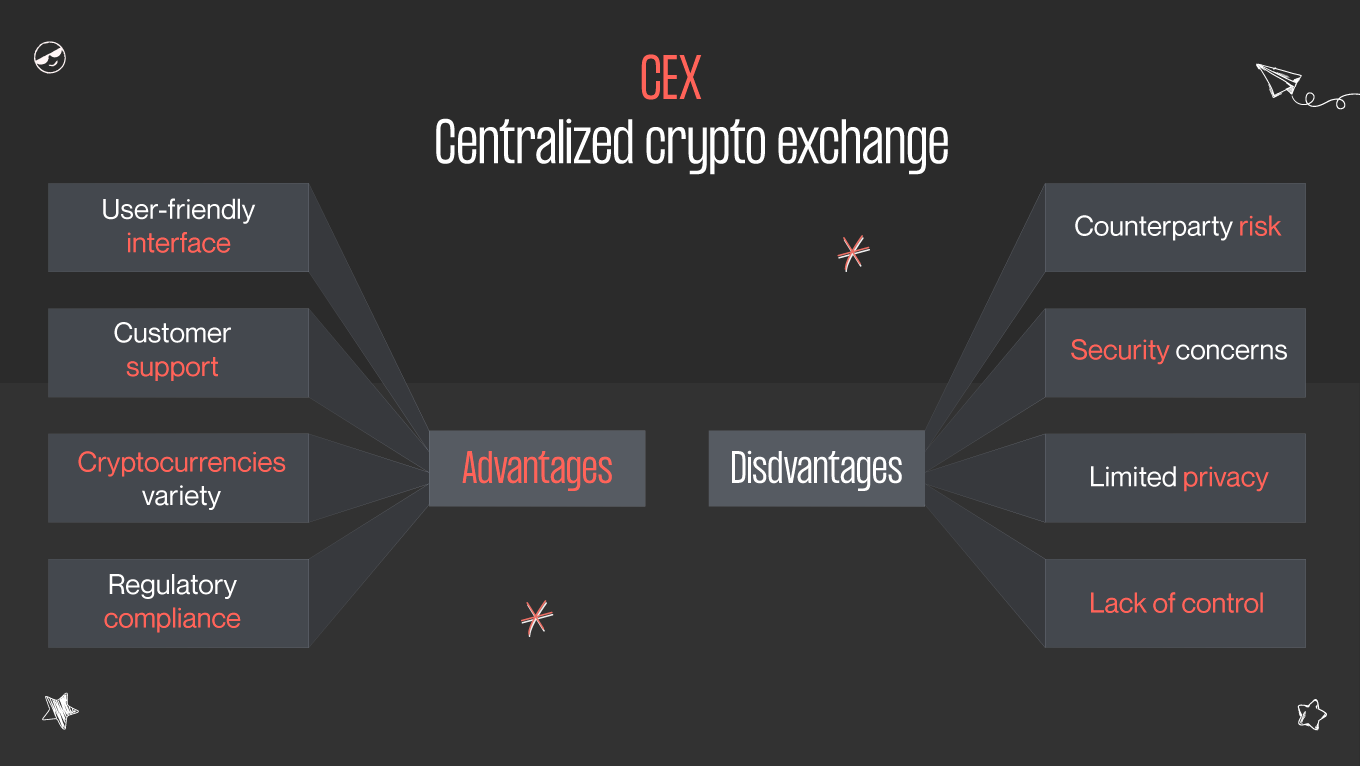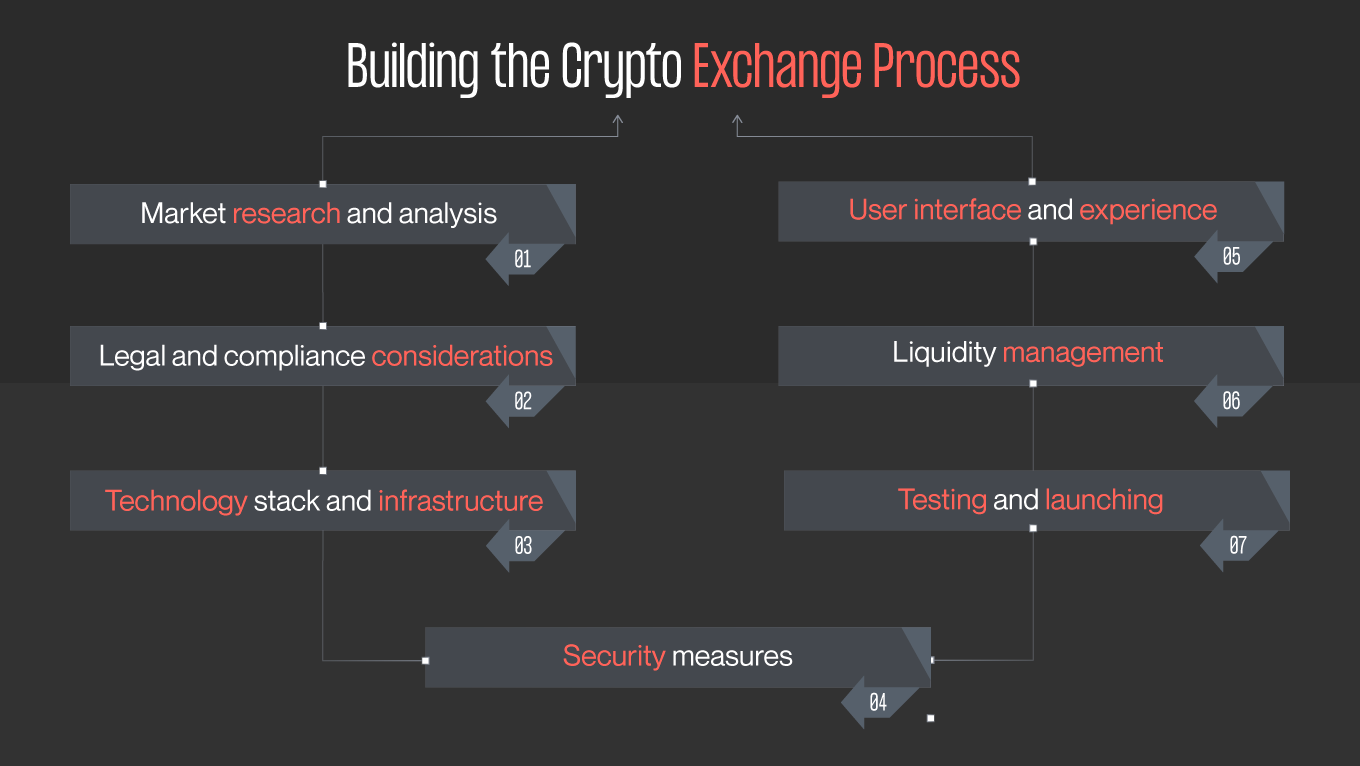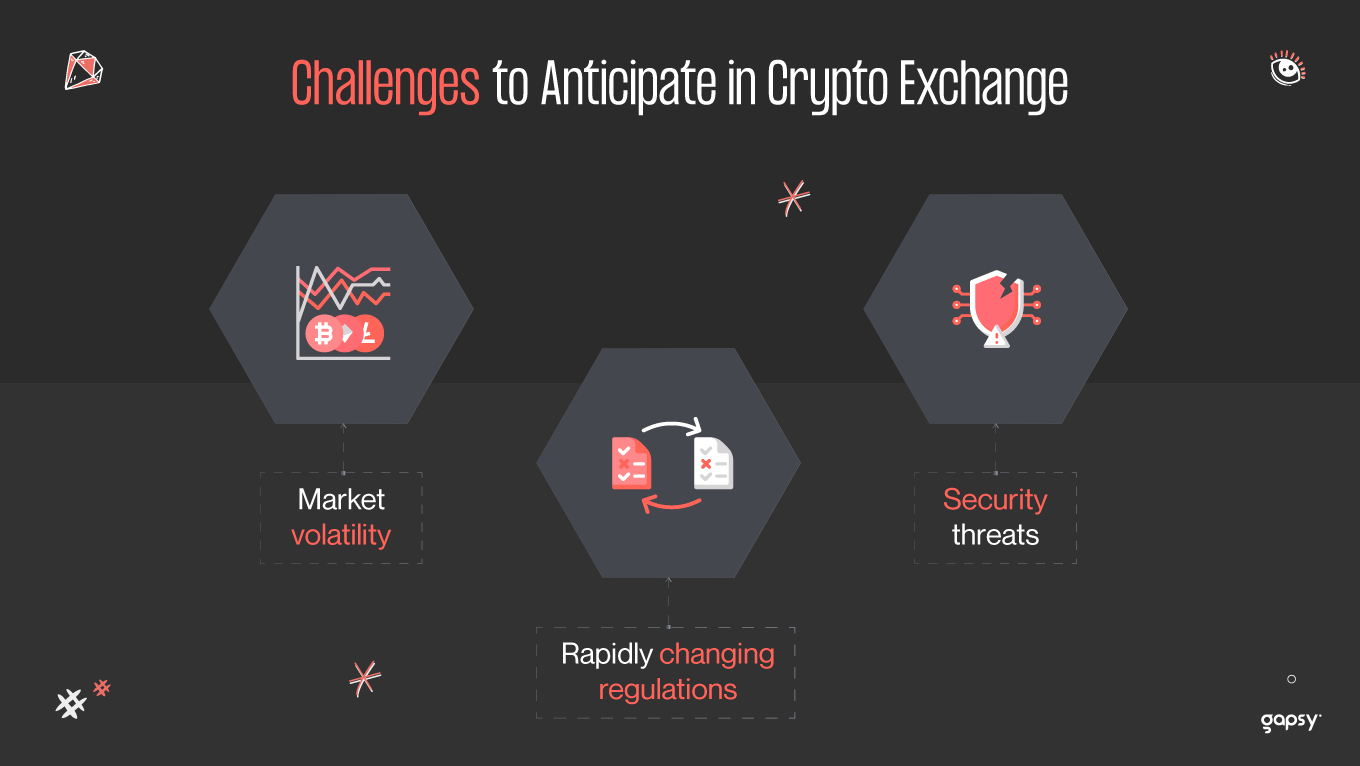Cryptocurrency exchange has emerged as a thrilling venture that combines technology, finance, and innovation. As blockchain technology continues redefining how we handle and transfer assets, the demand for secure and user-friendly trading platforms has never been greater. As we dive into the complexities of this endeavor, it's essential to recognize that the cryptocurrency industry is constantly evolving with new technologies and market dynamics. This dynamic nature can make it both a promising and challenging field, but with the proper knowledge and dedication, you can embark on a journey that may lead to a lasting legacy in the crypto world. Learn how to create a crypto exchange with us!











